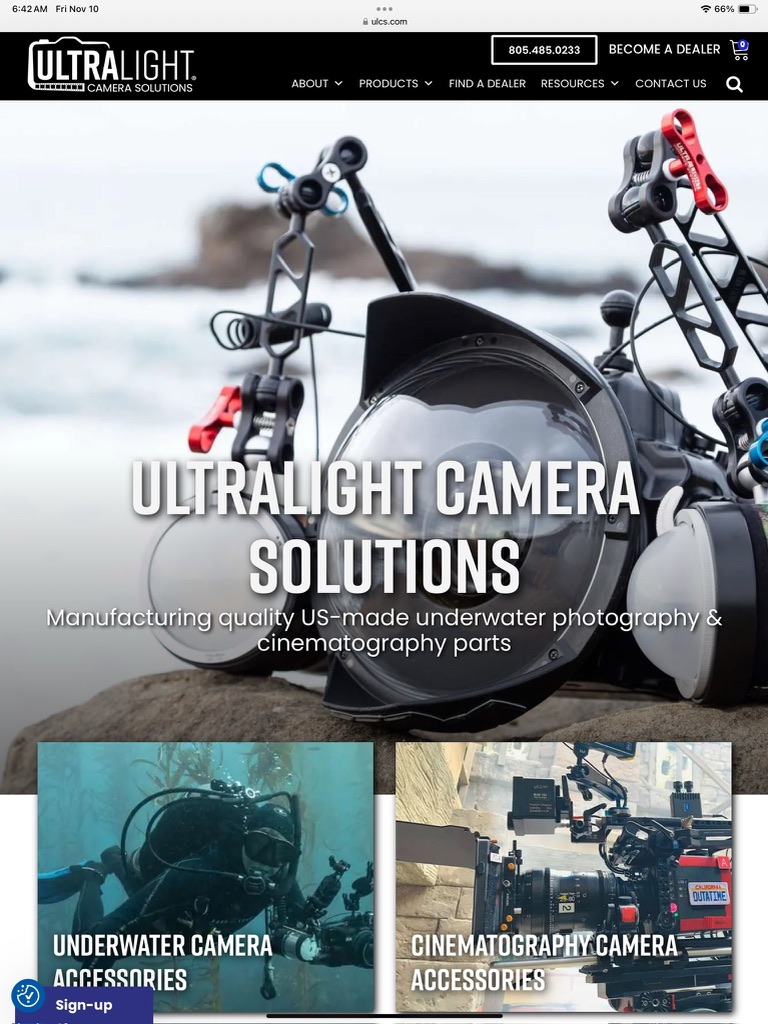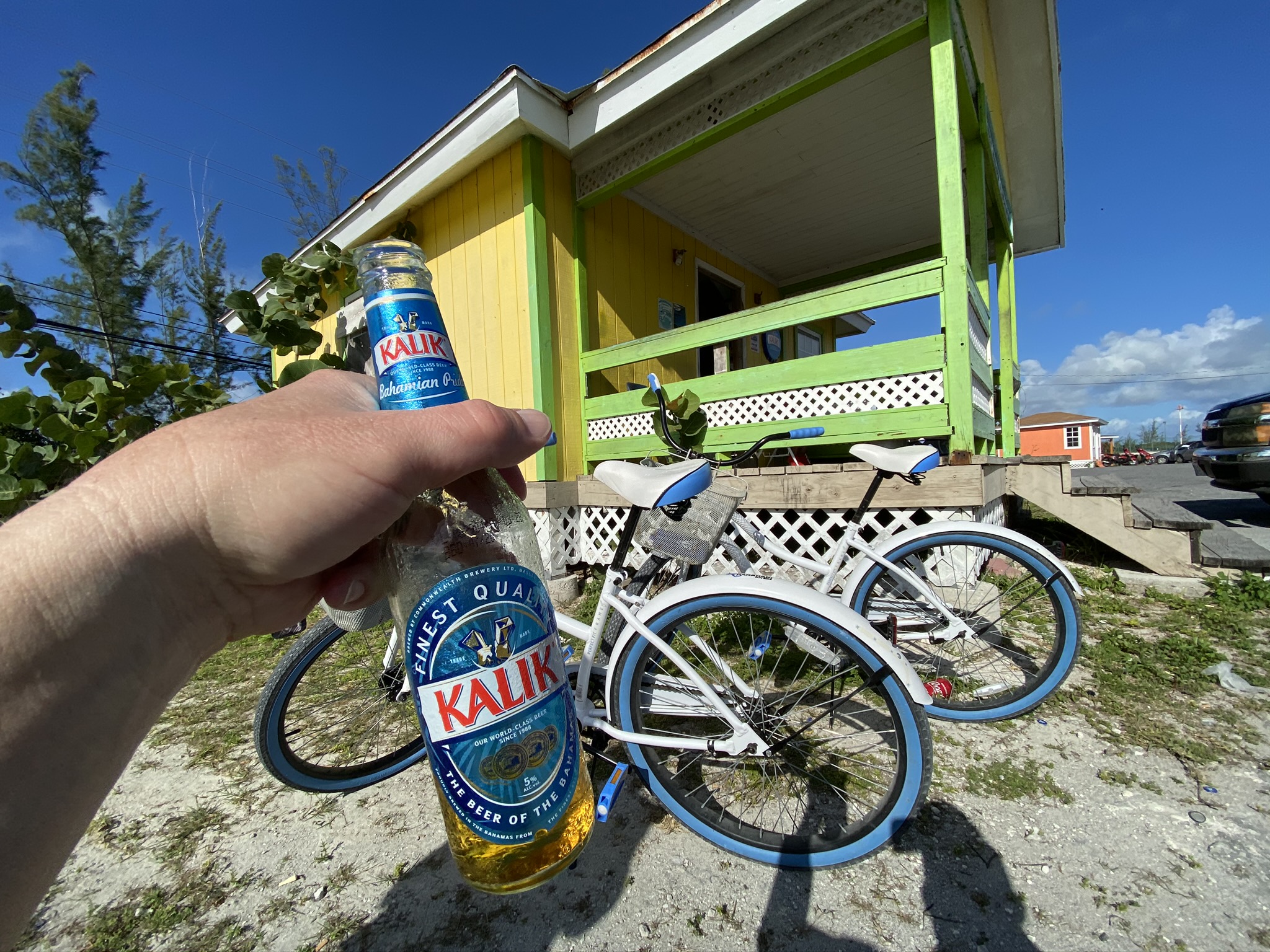Web design isn't hard. What's hard is strategy and planning. Most web designers screw up by focusing on the wrong things. What
we care about is designing fast, elegant websites that are easy to navigate and fun to browse. What we
care about most is growing your business.
On top of that, we're fast.
We don't waste your budget on a bunch of crap that your website visitors (i.e. your customers) don't care about. We also try not to waste time by starting every single website as though we've never written a line of code before. About 70% of any WordPress website uses a common code base, so we start there. That doesn't include the CMS itself. Our approach is to build what's different, rather than re-program the same things over and over.
We'll handle the hard stuff.
It is always best to use unique images, especially photos, so we will ask you for pictures before resorting to stock. We can also schedule a photo shoot, or series of photo shoots anywhere in the world. Sometimes, we can talk about what images would be best to tell your story and simply give you a shot list that you take around and fill yourself. We honestly love working that way because it gets us on the same page photo-wise and doesn't run up your budget. In any case, we'll take care of the photo editing.
Often, a bottle neck pops up with copywriting. We like to produce a lot of page content. That's contrary to what a lot of web designers will tell you is best. However, upwards of 90% of the webpages you'll find on Google's first page has over 2,000 words. Don't let any web designer convince you to cut down and consolidate web copy without a quantifiable good reason.
Taking away words is almost always bad for rankings (SEO).For the actual writing, we look to you to provide the main points for any topics that's important to your business and your customers or clients. We know a lot about some industries, but others not so much. Either way, you'll always be the true expert about your business, so we're looking to you to be our guide. That said, we'll do all the actual writing unless writing happens to be your thing. If it is, we'll take your copy and optimize it for page formatting and SEO.
The important thing is we are a team. We all have unique abilities and areas of expertise that we want to make the most of.

